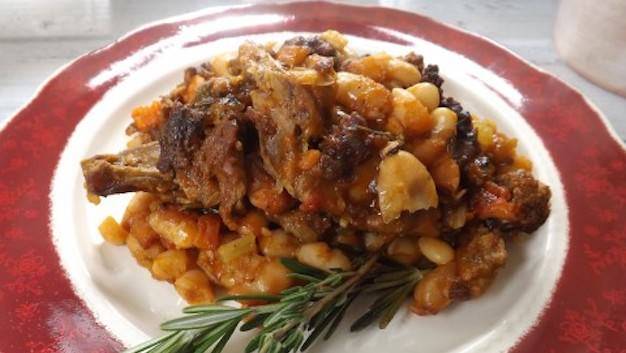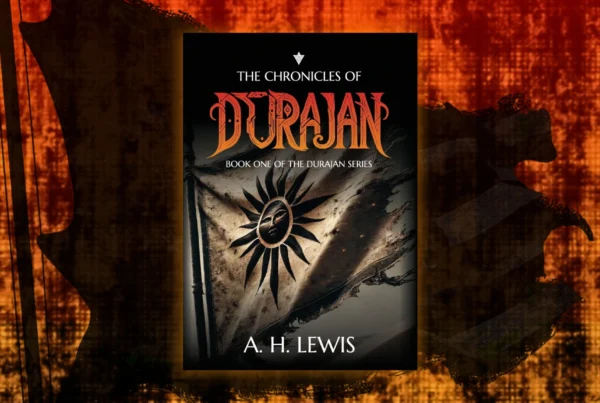I realized, as I worked my way through Ernest Hemingway’s A Moveable Feast, that he titled it so because his time in Paris was an ongoing banquet of social activities, incessant writing, and literal feasting and imbibing from one café to the next. It was also most apparent to me that, though he had already fallen into the arms of another woman when he wrote this memoir, he had truly loved his first wife, Hadley. Regret filters through when he speaks of their tender years together. So much so that I wondered if writing it could have been his way of telling her of his regret.
But above all, as a gastronaut, I found the descriptions of food and drink throughout the book most intriguing, beyond Zelda’s supposed sabotage of F. Scott’s writing career, and the exploits of the formidable Gertrude Stein. When Ernest casually mentions a cassoulet, I am envious. Such a common Parisian café dish, but what I wouldn’t give to be sitting in a Paris café spooning my own portion! But I cook. That’s what I do. So I can have Hemingway’s cassoulet any day of the year without expatriating or boarding a plane. This version was inspired by my favorite quote of his.
When spring came, even the false spring, there were no problems except where to be happiest. The only thing that could spoil a day was people and if you could keep from making engagements, each day had no limits. People were always the limiters of happiness except for the very few that were as good as spring itself.
I’d consider a cassoulet a winter comfort food, equivalent to a pan of good ol’ American baked mac ‘n’ cheese. But I included lamb in mine, and white beans, both of which remind me of spring and gardening. So hiding myself away in my kitchen in true Hemingway style, after a pleasant afternoon of cool weather seed planting the first weekend of spring, made the aromatic dish seem so very spring-like as I took my first bite.
A cassoulet is so named because of the vessel in which it is cooked—a pottery dish, deep and conical. The finished cassoulet is served at the table right from the baking dish. I used a heavy, enameled iron Dutch oven to make mine. Preparation is time consuming, as is the cooking time. You may want to devote a good 4 hours from start to finish to make it, not including the time that the beans will need to soak. Please, please don’t use canned beans or a slow cooker. I guarantee you will think you don’t like the finished cassoulet if you do. It couldn’t possibly turn out well if these short cuts are used. But other than the time involved, it is a simple dish to prepare, and so worth the wait.
Carcossone Cassoulet
Ingredients:
2 c. dry white beans. I used Great Northern.
8 oz. pork sausage, removed from its casing
2 lb. lamb shank
Extra virgin olive oil (optional)
3 cloves of minced garlic
1 1/2 c. yellow onion, medium dice
1/2 c. carrot, peeled, medium dice
1/2 c. celery, medium dice
1/2 c. white wine
2 c. prepared tomato sauce
6 to 7 c. chicken stock
2 tsp. salt
1/2 tsp. pepper
Sprigs of fresh:
rosemary
thyme
parsley
A short length of kitchen twine for tying a bouquet garni
Method:
Rinse and drain the beans. Place them in a mixing bowl and cover them with water. Soak for 8 hours.


Over medium to high heat in a Dutch oven, brown the sausage and render the fat.

Sear the lamb shank in the sausage and its fat to brown on all sides.

Transfer the lamb to a platter for temporary holding.
Add a little olive oil to the pan if the shank has left it dry.
Sweat the garlic in the oil or sausage fat. Be careful not to let it burn as the pan will be very hot at this point.

Add the onions to sweat.

The carrots and celery can join the onions and garlic to sweat until translucent, building the flavors in the pan.

Deglaze the pan with the wine, scraping the bottom to release all the flavorful bits.


Add the tomato sauce.

Stir in the stock.
Add back the lamb shank.
Tie a couple of each of the herb sprigs together to form a bundle, or bouquet garni, with the kitchen twine.

Drain the soaked beans and add them to the pot.

Add the bouquet garni, salt, and pepper.

Cover the pot and simmer the contents for 1 1/2 hours. It doesn’t need to be stirred during this time: just let it work, undisturbed.
Heat oven to 350 degrees.
Remove the lamb shank and cut the meat from it into bite-sized pieces.


Return the bone and the slices to the pot.
Cook in the oven, uncovered, for 2 to 3 hours, or until the beans are tender and the liquid has reduced.


Remove the bouquet garni and the bone before serving.






What a lovely reminder of A Moveable Feast, one of my favorite books by Hemingway. Thank you.